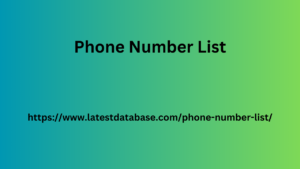Welcome to this comprehensive guide on document structure and navigation. In today’s digital age, effective document organization is crucial for efficient communication and information retrieval. This guide will explore various strategies and best practices to help you create well-structured and easily navigable documents.
Whether you’re writing a research paper, a business report, or a technical manual, a clear and logical structure is essential for conveying your message effectively. By understanding the key components of document structure and employing effective navigation techniques, you can enhance the overall readability and usability of your work.
Key Components of Document Structure
A well-structured document typically consists of the following components:
- Title: A concise and informative title that accurately reflects the content of the document.
- Introduction: A brief overview that introduces the topic and provides a roadmap for the reader.
- Body: The main content of the document, divided into sections and subsections as needed.
- Conclusion: A summary of the key points and a final thought or recommendation.
- References: A list of sources cited in the document.
- Appendices: Additional information or supporting materials that may be relevant.
The specific structure of your document may vary depending on the genre, purpose, and audience. However, adhering to these fundamental components will provide a solid foundation for effective organization.
Effective Navigation Techniques
To enhance the readability and accessibility of your document, consider incorporating the following navigation techniques:
- Headings and Subheadings: Use clear and Kazakhstan Phone Number descriptive headings and subheadings to divide the content into logical sections.
-
Table of Contents:
- Include a detailed table of contents to provide readers with a quick overview of the document’s structure.
- Hyperlinks: Use hyperlinks to connect related sections within the document or to external resources.
- Bookmarks: Allow readers to bookmark specific sections for easy reference.
- Search Functionality: If applicable, incorporate a search function to enable readers to quickly find specific information.
By strategically employing these navigation techniques, you can guide readers through your document efficiently and improve their overall experience.
Best Practices for Document Structure and Navigation
To create well-structured and navigable documents, consider the following best practices:
- Consistency: Maintain consistency in formatting, style, and terminology throughout the document.
- Clarity: Use clear and concise language that is easy to understand.
- Visual Appeal: Enhance the visual appeal of your document with appropriate formatting, layout, and graphics.
-
Accessibility:
- Ensure that your document is accessible to individuals with disabilities by following accessibility guidelines.
- Feedback: Seek feedback Promoting products on marketplaces from others to identify areas for improvement and ensure that your document meets the needs of your target audience.
By following these best practices, you can create documents that are not only informative but also engaging and easy to navigate.
Conclusion
Effective document structure and navigation are essential for effective communication and information retrieval. By understanding the key components of document structure and employing effective navigation techniques, you can enhance BW Lists the readability, usability, and overall impact of your work.
:Remember to tailor your approach to the specific needs of your audience and the purpose of your document. By following the guidelines outlined in this guide, you can create documents that are both informative and engaging.

